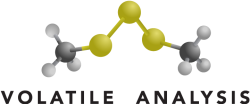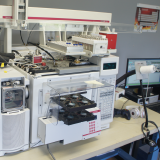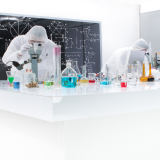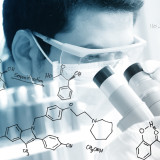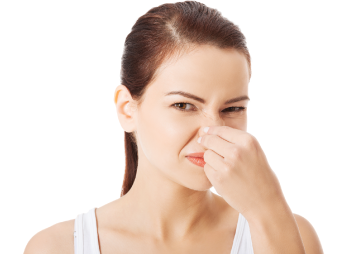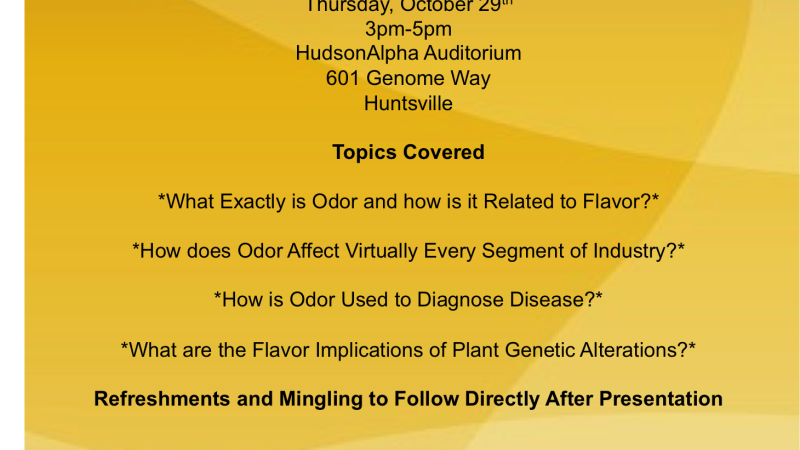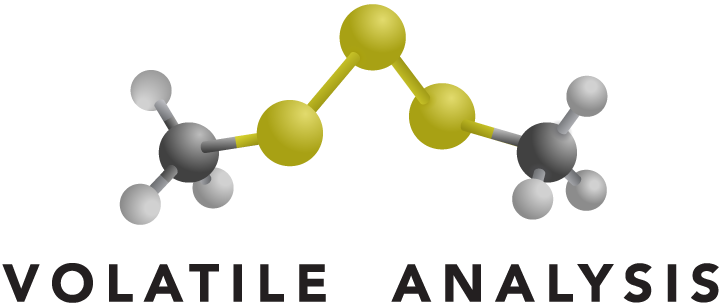
Rubber & Latex
Description of Industry
The complex chemistry associated with rubber and latex products may also include distinct off-odors and some contain sulfur. VAC has the capability to detect and measure volatile compounds and their off-odors including those with strong sulfur smell. Once the identity of an off-odor is known, processing steps or ingredients that led to its development/ introduction may be identified and mitigated.
Applicable Services
What we do
We are experts in odor analysis and trace level chemical detection and measurement. Both odor analysis and chemical detection are utilized when we employ gas chromatography-mass spectrometry/ olfactometry. We also employ expert experimental design, sample prep measures, and statistical analyses to ensure appropriate scientific rigor.
Odor Analysis GC-MS/O
Gas chromatography-mass spectrometry/olfactometry provides the very best technique to quickly resolve off-odor issues. This method requires a trained odor judge to sniff GC effluent and rate odor character and intensity. This information is coupled by retention time automatically via software to GCMS chromatogram data to allow for rapid odor identification. Our sensory and analytical team have more than 20 years experience with odor, analytical, and organic chemistry, and sensory analysis.
Odor Baseline Establishment
Baseline GCMS/O measurements have proved extremely helpful to our clients because they establish the aroma and chemical profile of a product considered good. When odor problems arise new GCMS/O analyses can rapidly determine what chemical changes occurred compared with a product considered good to allow for production process examination and off odor mitigation.
New Product Development Aroma Support
To ensure new products exhibit desired aroma character and intensity, we employ spot-on sensory assessment, extraction methods and analytical analysis. Sensory includes quantitative descriptive analysis to ensure the attributes measured match those desired. Extraction methods depend on the nature of the material. Dynamic headspace extraction works for many products however specialized techniques such as sir bar sorptive extraction and solid phase microextraction also have a place. Analytical may employ GCMS, GCMS-MS, GCMS/O, or other method appropriate to answer a specific question.
Odor Investigation
We utilize the most advanced scientific techniques and instruments currently available to detect and measure volatile chemicals responsible for odor. We utilize gas chromatography-mass spectrometry/ olfactometry to quickly determine what retention index values from a chromatogram correspond with odor. This capability dramatically improves our capability to identify trace level chemicals responsible for off-odors.
Odor Complaint Mitigation
Our team has the capability to provide a rapid and accurate response to your odor problem. We employ the latest in scientific instrumentation plus our team has more than 20 years experience with odor chemistry and analytical measurement.
